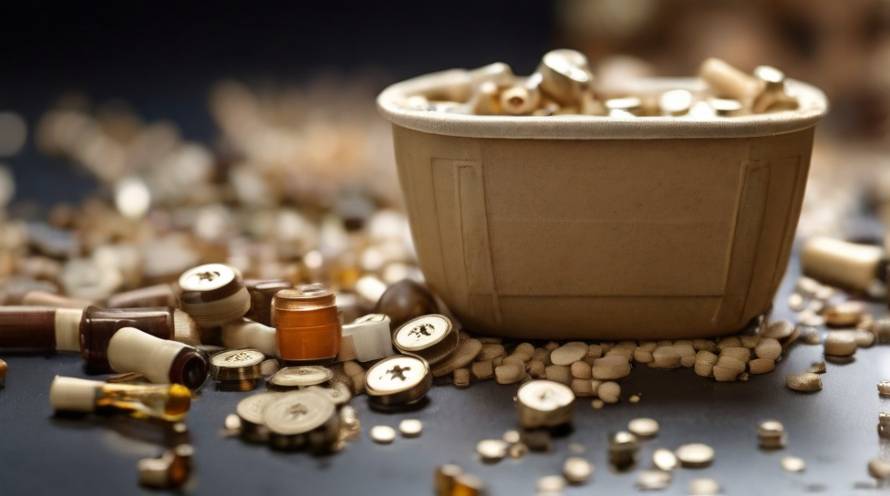Scientists have discovered a new method to recycle electronic waste using spent brewer’s yeast, the same byproduct that goes into making Marmite. This innovative approach offers a cheap and environmentally friendly way to separate and recover precious metals from discarded electronic devices.
Electronic waste is notoriously difficult to recycle due to its heterogeneous nature, making it challenging to separate the different metals from each other. However, researchers have found that brewer’s yeast, a common byproduct of beer-brewing, can selectively capture metals from a waste stream through a process called adsorption.
“Electronic waste is difficult to recycle because it is very heterogeneous,” said Dr Klemens Kremser of the University of Natural Resources and Life Sciences, Vienna, corresponding author of the article in Frontiers in Bioengineering and Biotechnology. “Getting the metals in solution is a first step, but the selective recovery of the metals remains a challenge. Compared to processes such as chemical precipitation, biosorption using spent brewer’s yeast presents a cheap and environmentally friendly approach.”
The scientists tested the yeast biomass against zinc, aluminum, copper, and nickel, economically important metals found in electronic waste. By adjusting the pH and temperature of the metal solutions, they were able to recover more than 50% of aluminum, more than 40% of copper, and more than 70% of zinc. When tested on a real polymetallic waste stream, the yeast recovered over 50% of copper and over 90% of zinc.
“We demonstrated high metal recovery rates from a complex metal solution using an environmentally friendly and cheap biomass. Yeast biomass is considered a safe organism, and the demonstrated reusability of the biomass makes it an economically feasible approach,” said Anna Sieber, PhD fellow of K1-MET, an Austrian metallurgical research center, and first author of the article.
The yeast can be reused up to five times to recover different metals, making the process even more eco-friendly. The recovered metals can be removed from the yeast surface by acid treatment and potentially recycled for other applications.
While further testing is needed to optimize the process for industrial-scale implementation, this study presents a promising and sustainable solution to the growing problem of electronic waste.
#ElectronicWasteRecycling #BrewersYeast #SustainableSolutions #EcoFriendlyTechnology
If our reporting has informed or inspired you, please consider making a donation. Every contribution, no matter the size, empowers us to continue delivering accurate, engaging, and trustworthy science and medical news. Independent journalism requires time, effort, and resources—your support ensures we can keep uncovering the stories that matter most to you.
Join us in making knowledge accessible and impactful. Thank you for standing with us!

